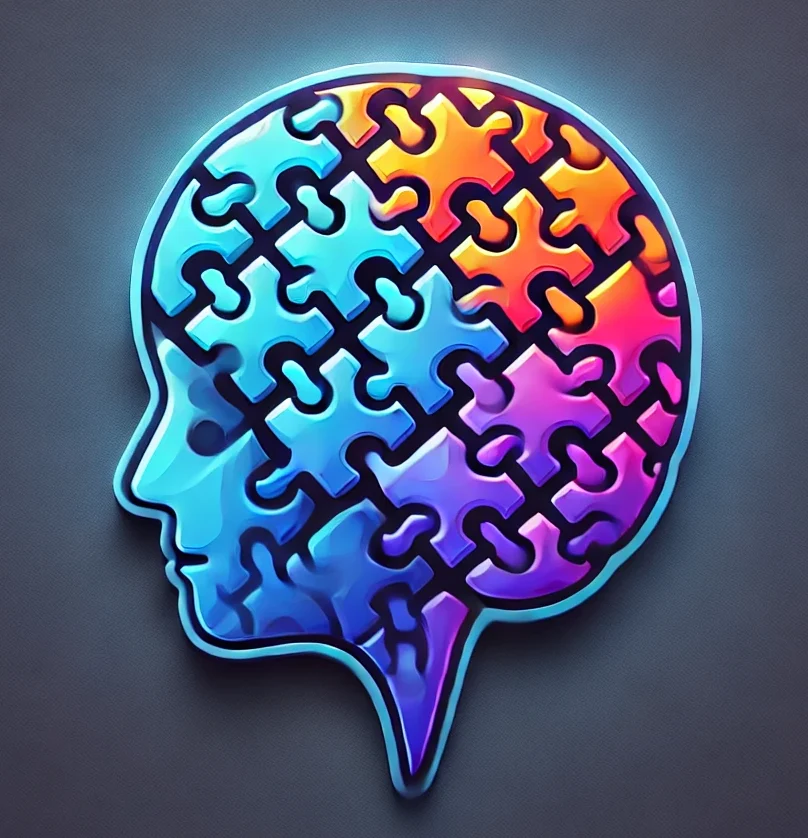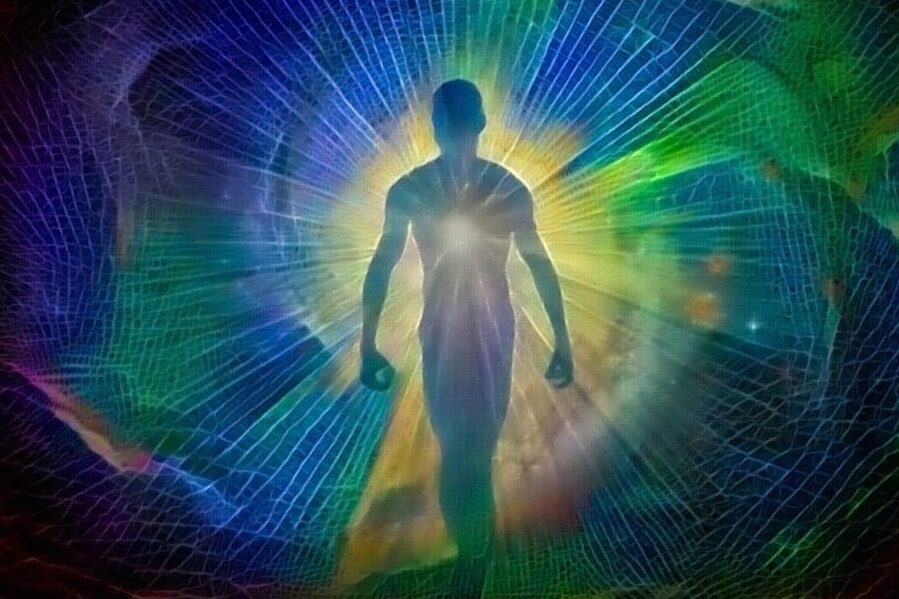Introduction: Do Humans Really Emit Light?
Did you know that all humans emit a subtle light? Recent scientific studies suggest that the human body naturally gives off a faint glow, invisible to the naked eye. This phenomenon, known as ultraweak photon emission (UPE) or biophoton emission, is gaining attention for its potential implications in health, science, and even philosophy.
In this blog post, we’ll explore the science behind this hidden glow, what causes it, and why it matters. If you’re curious about how humans emit light and what it means for our understanding of life, read on!
What Is the Subtle Light Emitted by Humans?
All living organisms, including humans, emit tiny amounts of visible light. This light is extremely faint—about 1,000 times less intense than what our eyes can detect. Scientists use highly sensitive cameras and sensors in dark rooms to observe this phenomenon.
The Science: Why Do Humans Emit Light?
The subtle light comes from our body’s metabolic processes. When our cells metabolize oxygen to produce energy, they generate reactive oxygen species (ROS). These molecules can excite other molecules in our cells, causing them to release tiny bursts of photons—particles of light.
What Happens to This Light When We Die?
A recent study found that this subtle light disappears immediately after death. Researchers observed that living organisms, like mice and plant leaves, emitted more UPE than dead ones. In plants, areas under stress or injury glowed brighter, linking the light to cellular health and vitality.
Is This the Same as an “Aura”?
While some spiritual traditions speak of auras, the scientific explanation for our subtle light is purely biochemical. There is no evidence that this glow is connected to spiritual energy or metaphysical auras. Instead, it is a measurable, physical phenomenon tied to our body’s metabolism.
Why Is This Discovery Important?
- Understanding that humans emit a subtle light could have practical applications:
- Health Diagnostics: Changes in UPE might help detect disease, cellular stress, or the exact moment of death.
- Real-Time Monitoring: Future technology could use this glow to monitor health or stress non-invasively.
“We metabolize; we give off light. That does not imply anything else than we’re producing energy.”
— Dr. Daniel Oblak, University of Calgary
Conclusion: Humans Shine in More Ways Than One
The idea that all humans emit a subtle light is not just poetic—it’s scientific fact. As research continues, this hidden glow may unlock new ways to understand health, disease, and the very nature of life itself. So, while we may not see it, our bodies are always shining.

